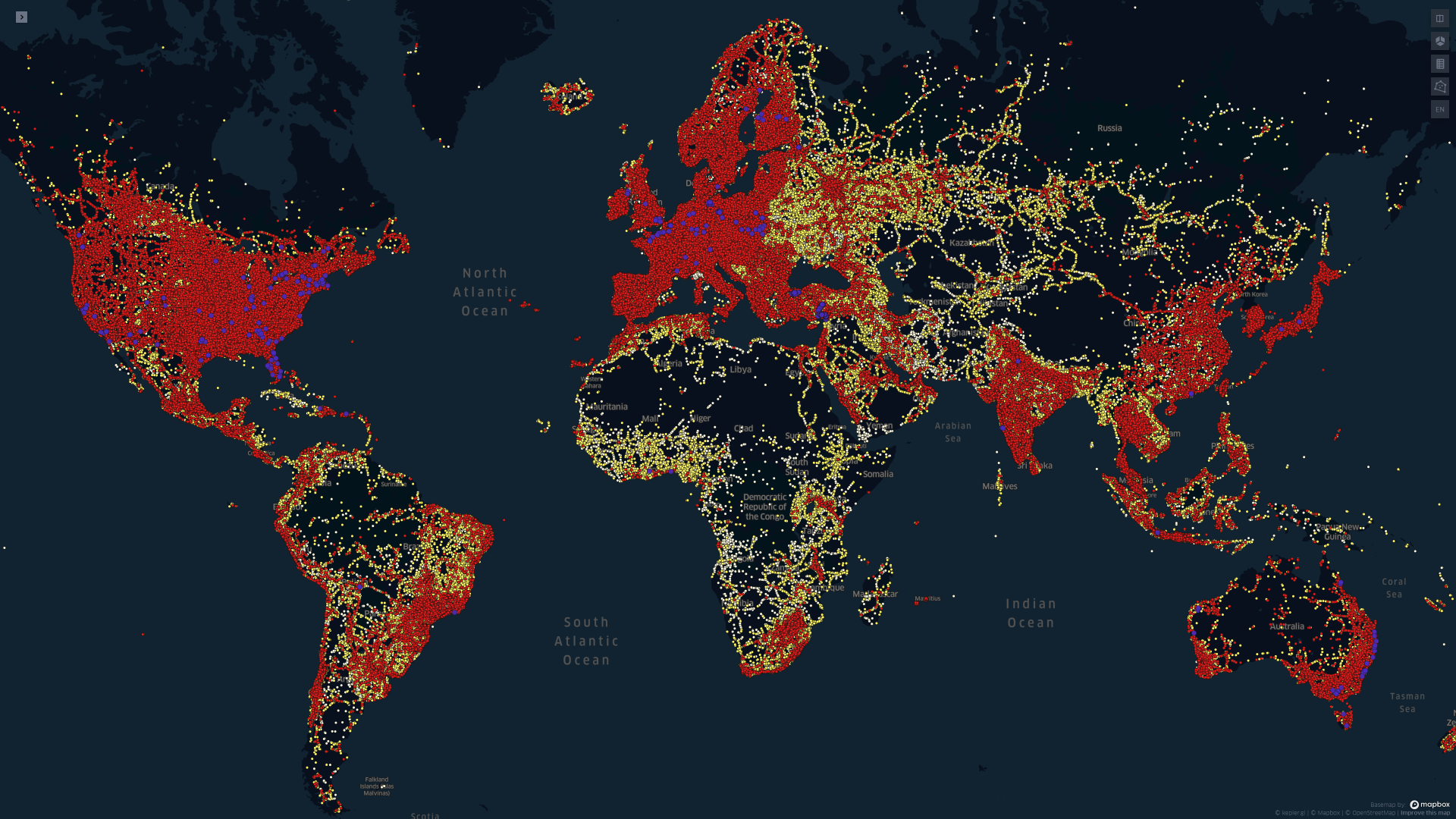In communications community, there has been a consensus reached that sixth generation (6G) communications should focus on the solution to the digital divide that restricts the current 3.6 billion of the world’s population from enjoying the benefits of the latest information and communications technologies (ICTs).
Under this scenario, the community faces many challenging questions: How to understand and measure worldwide connectivity imbalance? What is the mathematical relationship between connectivity and population and telecommunication infrastructure? Can we characterize the imbalance in any given spatial granularities for any given country?
To answer these questions, KAUST researchers recently launched a new project—Connecting the Unconnected to Build a Digital Fair World. In this project, the first and foremost is defining a fine-grained connectivity imbalance index to reflect which places in the world have relatively good connectivity and which have not.
The researchers studied the connectivity imbalance problem centered around population and the number of telecommunication infrastructures inside any given area. Based on the large-scale open-available demographics dataset and cell tower dataset, released by Facebook and OpenCellId, they established a mathematical relation among connectivity imbalance, demographics, and telecommunication infrastructure. The imbalance index was designed on top of the Prelec weighting function and can be customized to meet the heterogeneous needs of policymakers, governments, and mobile network operators.
The digital divide can be reflected by the index global-wise and country-wise and visualized interactively on a website they developed. The index is extremely useful for democratizing ICT resources. Furthermore, KAUST researchers also verified the effectiveness of the proposed index by reporting a high correlation between their index and the established coarse-grained connectivity index.
More details about this work from this project can be found in the video below, the website https://digitalinequality.
C. Zhang, S. Dang, B. Shihada, and M. -S. Alouini, "On telecommunication service imbalance and infrastructure resource deployment", IEEE Wireless Communication Letters, 2021.




